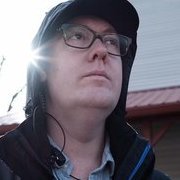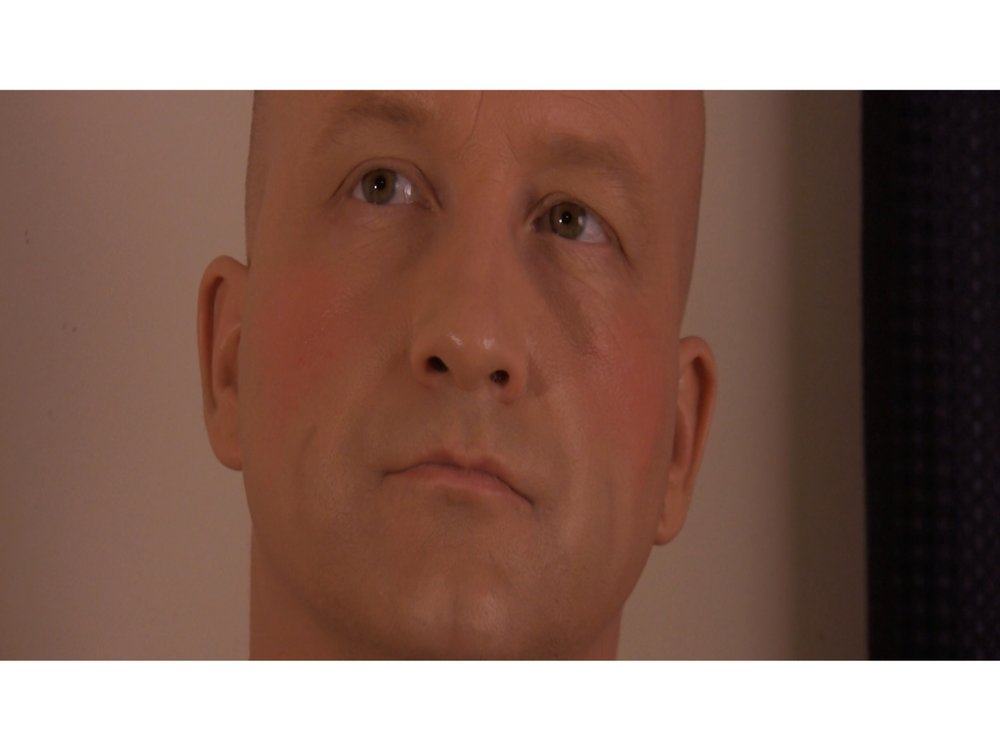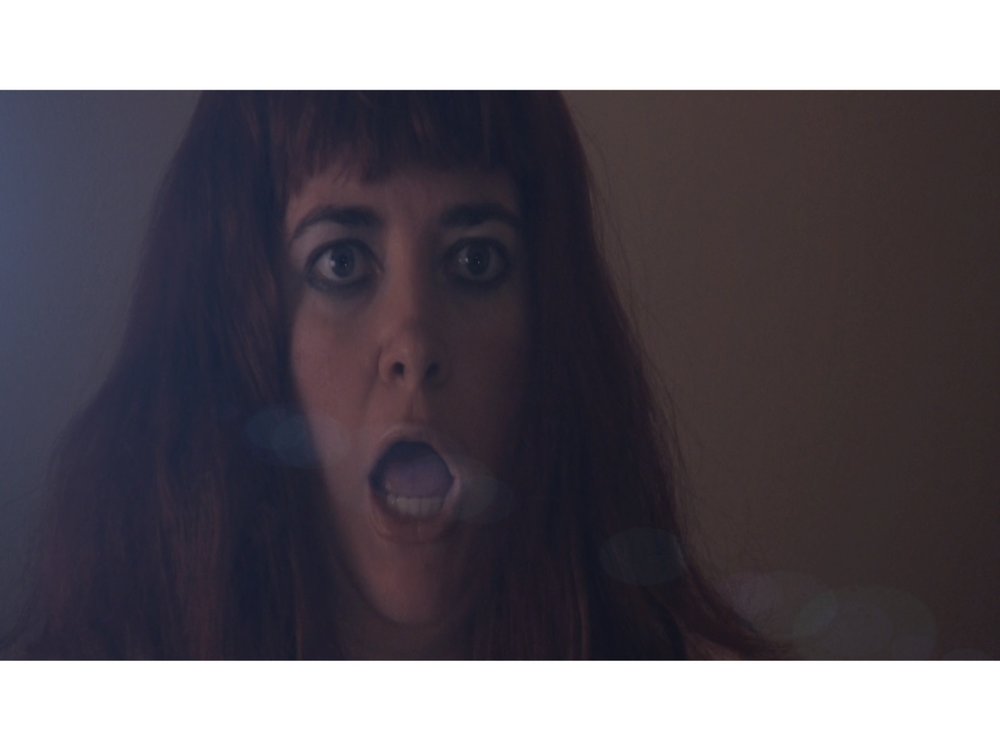-
Posts
594 -
Joined
-
Last visited
Everything posted by Jay Young
-
First some questions: Why do you need/want Ultra-16? What would Ultra-16 allow you to do that Regular-16 or Super-16 will not? Have you looked at: http://cinelicious.tv/we-love-film/small-formats Cinelicious is a very nice post house that even works with labs to process your raw stock, and gives you lots of options regarding output for editing. They will do an Ultra-16 scan for you, and you can watch the video of such. I personally chose Regular-16 and will shoot with an anamorphic lens. I chose that route over the others for a number of reasons. Around the interweb, it seems that if you have a competent machinist, he can file the gate of your camera down for you cheap. This topic has many threads here in the 16mm section. I think in reality, it really doesn't matter what the scanner is set up for. IF you get a student discount, you get a discount, no matter what format you shoot in.
-
Children should not be taught "Bel Canto" style singing until much older. Since I truly believe vibrato is a defect that we have come to accept as beauty, I do not believe children should sound like this. We teach our children that there are things "adults" do that children should not, but in our art, we want our children to sound like 40 year old classically trained singers. While I'm sure most people will find this "beautiful", I for one do not. And, Since I am pursuing a doctorate in the field, I think I have some authority to speak on the subject. While I am a proponent of the "English School" sound, most, I find, In america like what they hear on the radio. Lissening to this child sing, I can tell that someone, most likely a idiot parent that wanted a star child has pushed this kid to learn a style of singing he is truly incapable of. I'm sorry this child has been forced into thinking he can do something, that WILL harm is voice later in life. I'm sorry that most of america will vote him to the top of american idiot idol, and I'm sorry that in about 10 years, this kid most likely will not ever sing a note again. All I can say is that it is truly a shame. I'll continue to teach kids the way I know will produce decent, and healthy musicians. I'm also sorry people find this angelic.
-
Well I think its beautiful. I personally think the smoke was moving too fast, but that has nothing to do with your work. I like the colors, I like the muted lighting, I like the feel. The rotoscope work looks very nice, and subtle. Nice work.
-
While I LOVE theoretical discussions (I have a degree in theory), I can save you a lot of trouble on my part by saying that I have decided to officially go with regular 16mm and a 2x anamorphic lens, giving me something in the neighborhood of 2.74:1, which I may "fix" digitally bringing it to 2.66:1 - I have to do more tests.
-
Chris, I'm not understanding what your talking about, but Super-16 goes to one edge only, and Ultra-16 goes to both edges (intersprocket). Why would having something to support the film against the pressure plate have anything to do with how wide the gate is?
-

Black Swan handheld camera operating
Jay Young replied to Gevorg Sarkisian's topic in General Discussion
I have said it about a million times: Set the camera on a tripod and walk away. However, I have since amended my statement: If something would shake the camera in the real world (like an explosion) is fine. Bourne style camera movement; taking a dialogue shot with a 500000mm lens, is CRAP. -

Getting a certain look
Jay Young replied to Tom Norris's topic in Students, New Filmmakers, Film Schools and Programs
Just my thoughts, but I think some 250 or 500t, slightly blown out (over exposed by 1 or 2 stops) with a couple of big 2k par's, and shoot it with a 20mm prime. On film speed, it would be much easier to tell you more if we could see a very good version... hope that helps! -
OK! New questions. Let's assume some things: Let's say I have an Arri-s, regular 16mm and I was going to do 2.66:1. Let's say I wanted to buy a lens (a cheap lens what to experiment with). If a lens like an Iscorama had a Nikon mount, do they make adapters for the Arri mount or whatever (If it's not PL?) If it's an "adapter" type lens like the Kowa 2x, what is the most common way of mounting the lens? Other than the obvious, what is the difference between front mount (in front of the lens) and rear mount (behind the lens) adapters?
-
There was a test done some time back between these two and several more HDSLRs. The 5d and 7d DO produce (subtlety) different images. It really came down to what you were shooting. See: It's a long test, both actually scientific, and "real world" shooting. Very interesting also regarding the film vs. digital debate. Everyone should see this if they haven't.
-
I wasn't sure where to post this, so I figured other students and first timers may want to know the same thing. I have been reading the 16/35mm Handbook by Verne and Sylvia Carlson (Fantastic book by the way), and it occurs to me to ask a question. When I make my own films, I tell my crew to do things a certain way, usually not industry standard. But, since I have very few crew to work with, I do things that make sense to me. Is the industry standard still the same as it was 40 years ago? Is there a definitive place to go to see the correct way to do things? It seems to me that if things have been done a certain way for the last 80 years, they must have developed as the most efficient way to do them. Let me see if I can elaborate. We know how to load a magazine, set up the shot/scene, the talent knows what to do. Now, what goes on the log sheet? Why is there a log sheet? Is there a standard log sheet? What happens to the log sheets after principal photography is over? Who decides which scene numbers go where, or do you just do them in order? What is the proper way to slate for coverage? (from script to slate?) Well, that's just a few questions about procedure, feel free to ignore me.
-
I don't have any super-8, but I do have several 800-1000' rolls of 16mm negative in various speeds from 1996. Who knows if its usable or not, but I'm still going to use it for something... most likely an experimental or music video, those seem to have the need for weird stuff.
-
As far as I know, there are two schools of thought: You do not need to go to film school to be in the industry, AND, film school is good for networking. Since I don't work in the 'industry' (i.e. Hollywood), I can't say what it takes to get there. But, from what I have read of the experience of others, Production Assistant is usually where most people start. There are more people that have more better advice than I.
-
Actually they used fairly modern welding rods, but yes, they do have "carbons" from the old world. The "Theatre" was used up until the 60's, when every one's memory get's fuzzy for some reason (including my parents!), but then it seems the general consensus is that the projectors were used up until the 80's, and they just stopped for some reason. I do not know the condition of the remotes (change over, curtain), nor do I know if the optical sound readers work. It was only later that I found film still on the reels (in major very poor condition), but I saved the celluloid I could, and the rest is still sitting up there. Someday, I am going to "save" the rest. I just haven't had time. Sorry to hijack the thread.
-
I know they are Carbon-Arc Super Simplex's, (And I also know they still work... but don't ask me how I know!)
-
I have do differ a bit here. In the small community that my parents live in, the theatre is replacing its film projectors with digital. They are also not putting any money back into the theatre (many seats are broken, speakers blown, on and on) but they insist on buying new digital projectors. The new theatre about 10 minutes away in the next town is all digital, and was built that way. In the town I live in, the Regal cinema is also slowly replacing it's projectors with digital. I have been fighting a loosing battle for some time with my university because they have TWO Simplex (old school arc-lamp) 35mm projectors that likely haven't been ran in 40 years. They are sitting, not being used. I have been pleading with different people in the university for a good long time to do SOMETHING (Like let me take them home) with them, but no... They installed a new digital projection system.
-
I'm just on the tail end of this here, but why not just stick a piece of film (small) in the gate and see how many perfs line up? If it IS a 2-perf camera, there should only be two perforations that sit inside the opening of the gate? Right? I haven't had my coffee yet, and this may not make much sense, BUT, it seems all this measuring in millimeters is a bit much.
-

BBC is switching to Premiere Pro CS5
Jay Young replied to Frank Glencairn's topic in General Discussion
I've tried all three (Avid, FCP and Primere CS5). I understand that the reason Avid uses the types of icons and nomenclature they do, but I find that Premiere is more straightforward. Maybe because I AM a computer user I find it easier to use than either Avid OR Final Cut. Now, on the other hand, I do not like the fact that, depending on the capture format, Premiere is a little less edit playback friendly. -
I can tell you this, I went to your site, and watched what you had done so far. It's good stuff, technically speaking (I can't speak for the content of the "Pickle Flick"). I can also tell you that, as a director, I would hire you, had I any more fundage that yourself currently. How are you on film and lighting? From what I saw, it was mostly natural. I'm working my way through the 'Coffee Break''s right now. I do have a question: What kind of crane did you use?
-

WATERPARK Short Film Trailer
Jay Young replied to Evan Andrew John Prosofsky's topic in Please Critique My Work
Well, I don't know what the point is, but it's pretty. I love what you've done with the colors. I would watch at least 5 minutes of it. -
Working on a short, mostly finished, but still trying to color correct. Thought I would post some stills for your viewing pleasure. Any comments are always appreciated! Also, I can't seem to link to a hosted image, any thoughts on that? Sorry for the HUGE sizes, my software is fighting me tooth and nail (and gnashing and wailing too).
-
That is true David. Altho, they DO have Metropolis (1923 or whenever, the German) for instant download, which, as a Sci-fi fan is AMAZING!
-
Right this minute I am watching Shutter Island in full screen 16:9. Not in the gloriously wide 2.39:1 of which it seems was the original release format. Now I have to admit that I rather like the Netflix, it's cheap and I get to watch new cinema every day. However, why is it that Netflix digital instant on download super cool wow won't let me watch the film in the correct aspect ratio?!
-
Alright. This Gaspar Noe guy's films look fantastic! I must see more of his work. Second I will try my best to go with option two! It seems the best of both worlds there. Option three, not so much, and option one is still viable if I can't seem to find an affordable Super-16 camera! THANKS GUYS!
-
Actually, I just found that thread this morning. Also, I missed Black Swan at the local theatre. I really need to see that. HAWK lenses look very nice, and by that I mean expensive. Someone offered me an Arriflex BL for less than $1000. I should jump on it, and I know I can find a use for it. But I'm holding out to get the best possible equipment for my needs. I plan on using the equipment for more than one shoot. And, since I want to own my equipment, it needs to be cost effective for what I want to do with it. Personally, I'm holding out for a techniscope 35 camera. But, if I can find other 16mm cameras for sub $1000 prices, I could do my own multi camera shoots, for the same price as an average techniscope 35.
-
When I talk about a lab extraction, I mean will they do what I tell them, or will I get something that "they" think I want. I really despise people that think for me, and deal with it often. Usually, it's because I make eccentric requests. I know the requests I make are possible to do, or I wouldn't ask. What I would really like from the lab is one of two things: An already cropped 2.39 scan at the highest resolution possible, or a full negative, 2k scan - Edge to edge, I'll do my own crop/matte. This would be for a DI. I like the DI process, and if I get a 2k scan done, then I have the option of going to basically whatever format I wish. I hope I don't come across bitter, I really am a nice guy to work with. It's just that I usually ask for a specific result, and get what everyone else gets; the "norm".




